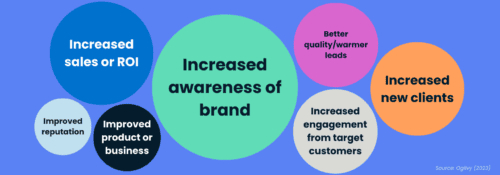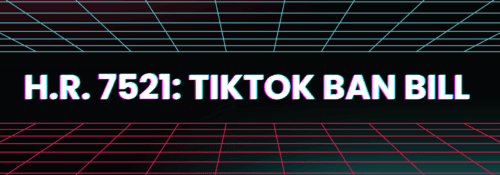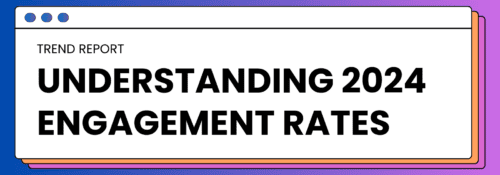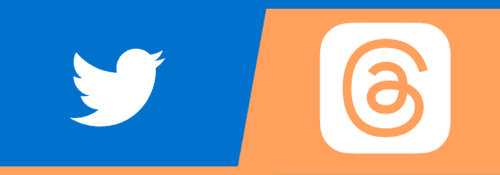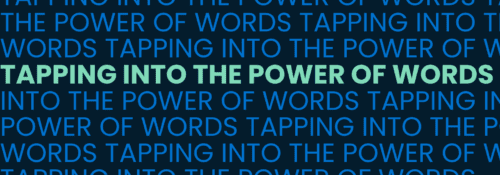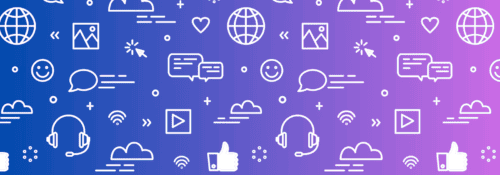2023 Social “Summer-y”
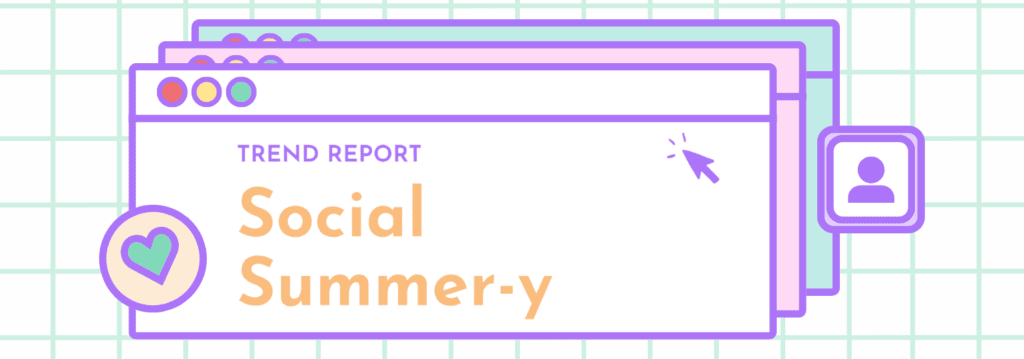
Back to school season may have just begun, but social media managers around the world have been hard at work all summer long. It was a wild few months for digital marketing overall, but social media especially moves at the speed of lightning. We learned new platforms, studied trends and leveled up our marketing game. Grab a drink, relax and settle in for a recap of the summer’s most notable social media events and trends.
Everyone’s Least Fave… X
Let’s be honest, Twitter has been chaotic since 2022 when Elon Musk became a majority shareholder of the organization and made moves to buy out the platform completely. Since then, there’s been a non-stop cycle of news, platform updates and new “visions.” From laying off over half of his staff and being every HR person’s nightmare to launching a subscription model for users with Twitter Blue, where subscribers have access to a whole bunch of features–from the ability to edit Tweets, tweet up to 25,000 characters, and a fancy check mark–the chaos really hasn’t stopped. This year, Twitter rolled out verification to advertisers, requiring subscription to Twitter gold or at least $1000 in monthly spend.
Most notably, this summer marked the overnight rebrand of Twitter to X. News outlets are estimating he paid up to $10 million for the X.com domain. All of this chaos has stressed out social media managers everywhere for years, but this summer Twitter officially became everyone’s least favorite, X.
A New Thread
Twitter competitors have been popping up for a while, but the competition heated up this year as large brands, advertisers and individual users alike began moving off the platform and migrating to others: Mastodon, Bluesky, Clubhouse, WT social (from the Wikipedia founder), just to name a few.
This summer, although we didn’t get to see an IRL Musk vs. Zuck matchup, another heavyweight competitor entered the virtual ring: Threads. Launched in July, Threads stormed onto the scene, making headlines as users flocked to the platform in droves. What set Threads apart was its ingenious onboarding process, allowing users to seamlessly import their Instagram profiles and instantly reconnect with their existing social circles. Within a matter of days, Threads had amassed millions of followers, a feat virtually unmatched for new social media platforms.
However, less than two months after launch, Threads found itself facing a daunting plateau, with a majority of users losing interest due to the infrastructure being really sparse. At the top of the complaints list were the non-chronological order of the feed, which made it hard to navigate, and the inability to filter content solely from users you followed. These limitations became persistent thorns in the side of Threads’ user base.
Although Threads has made some small updates in the background, it may have inadvertently alienated its user base too early in its lifecycle. That said, the platform introduced a glimmer of hope with the launch of the web version recently. With the backing of Meta, Threads aims to lure users back into the fold, offering a fresh perspective and potentially addressing some of the platform’s shortcomings. Whether this gamble pays off or not remains to be seen, but one thing is clear: Threads is determined to leave its mark in the competitive arena of social media.
iRobot
We’ve all been talking about AI taking people’s jobs, but TikTok is flipping the script, where people are taking AI’s jobs through the NPC Livestream trend. Users go on TikTok live, and stream for hours at a time, pretending to be an “NPC” or “AI personality”, doing virtually nothing except saying scripted phrases or making repetitive movements in response to ‘gifts’ sent from users.
On the not-so-fun side, TikTok’s infamous ‘mind-reading’ algorithm is much debated — the idea of social media bubbles has been around since the peak of Facebook, but now it takes on a new meaning since users aren’t even choosing who is in their circle or what’s shown on their feed. The concern around the effect of the ‘For You’ algorithm combined with evolving privacy regulation in EU countries could mean the death of the For You page — and potentially, what made TikTok so addicting.
Blockbusters are Back (Thx social marketing!)
Barbenheimer seemed to be a renaissance of blockbuster culture — audiences highly anticipated these two films and generated conversation through memes and online chatter. I know I personally saw people dressing up for a movie en masse for the first time since the Hunger Games premiere in 2012. Barbenheimer is a great example of the synergy and cycle between brand marketing and user generated content/conversation. The Barbie marketing team went wild, not only online but with real world activations and experiences (re: Barbie Malibu DreamHouse). This creative strategy generated online conversation and rapidly increased awareness. From there, users gave Barbie and Oppenheimer new life, combining the two into a summer phenomenon with tons of viral memes and trends. Brands even took advantage of this by plugging into that conversation and hopping on user-generated trends.
Social trends are ever-evolving and we’re always on the lookout for the newest thing. Who can say what will be trending next month, next week, tomorrow? Relevancy is social media currency, which is why social media managers are always on their toes ready to jump from one thing to the next. Keeping up with trends means always being open to trying something new and taking risks. Even if it blows up in your face, you’ve still learned something new and in the long term, it’ll be fine — by tomorrow everyone will probably be focused on the next implosion anyways.
